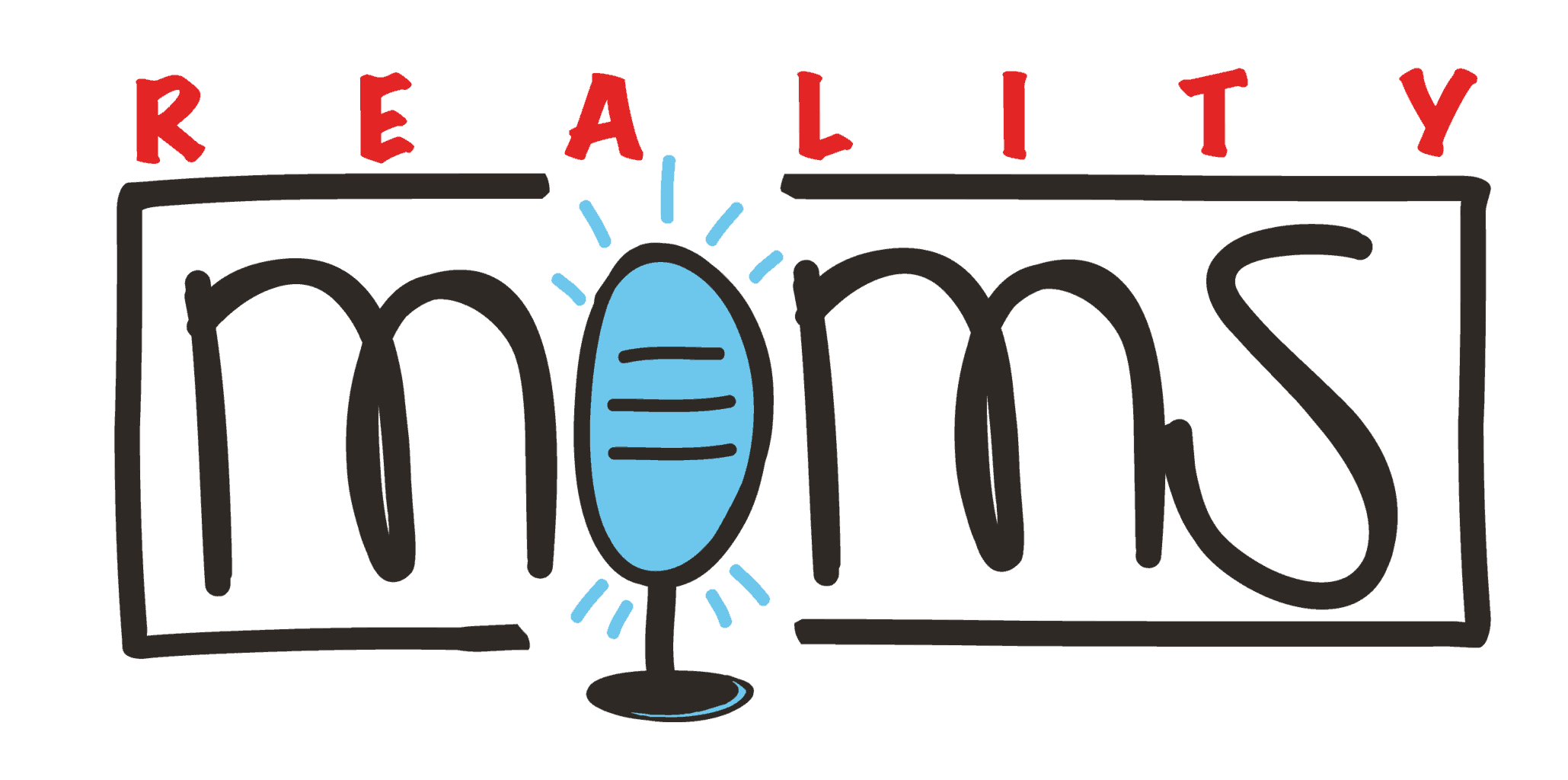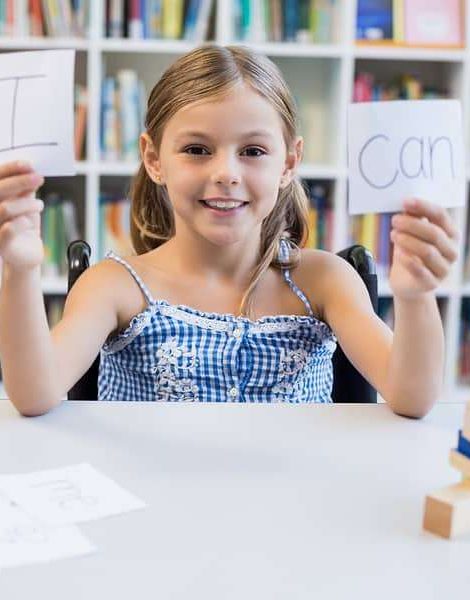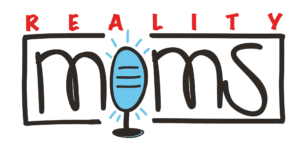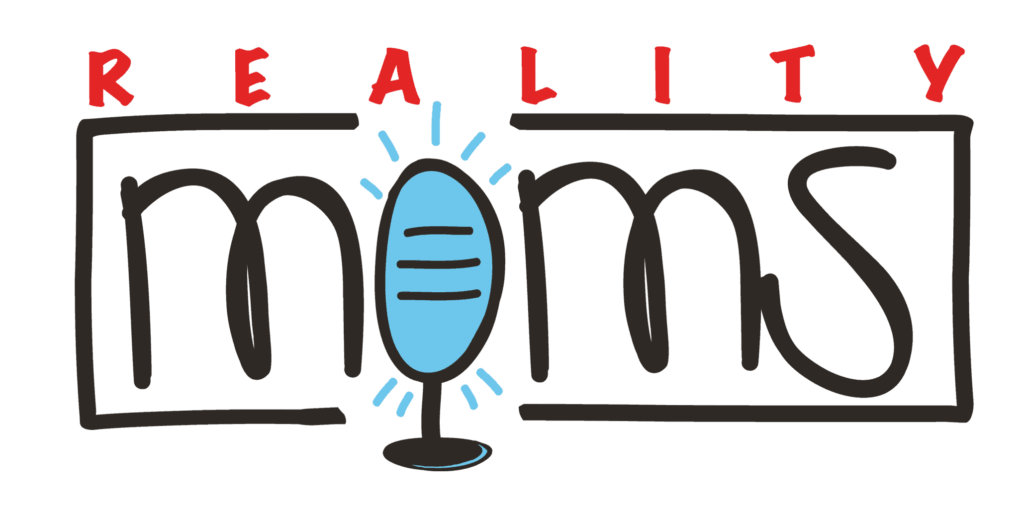Learning and attention issues come in all shapes and sizes. No two kids are alike—they all process differently and need their own specialized type of help. All children, however, need adoration, reassurance, and support. For kids with learning disorders and attention issues, positive reinforcement can help ensure that they emerge with a strong sense of self-worth, confidence, and the determination to keep going even when things are tough.
Having seen firsthand family members who have struggled through learning and attention issues—I am very aware of how important it is to find the right help and support to guide both parents and children through it. For them, using an IEP binder was an invaluable tool in positive reinforcement and keeping a positive light on school.

Making an IEP binder is a great way to keep information organized and at the ready when you need it. An IEP binder can help you prepare for IEP meetings and stay up to date on your child’s progress. This powerful tool can also help you communicate and collaborate with teachers and your child’s IEP team. Here’s what you need to get started:
- A three-ring binder
- Six tabbed section dividers
- A three-hole punch
Organizing an IEP binder with your child’s evaluation reports, IEP, report cards and other paperwork may sound like a lot of work. But this guide walks you through what to gather and where to put it. Use this checklist to organize—and update—your IEP binder. Print the checklist and put it in the front of your binder. You can use it to keep track of documents you need to update and file.
Understood.org launched the #BeUnderstood campaign in support of Learning Disabilities (LD) Awareness Month in October, and to raise awareness about kids with learning and attention issues. Understood is an invaluable resource for any parent who is working with a child with learning and attention issues. The goal of #BeUnderstood is to generate awareness about learning and attention issues and encourage people who are seeing or experiencing signs of learning and attention issues to visit Understood.org, learn about these issues, and take that crucial first step in getting their kids the help they need to thrive in school, at home and in life.
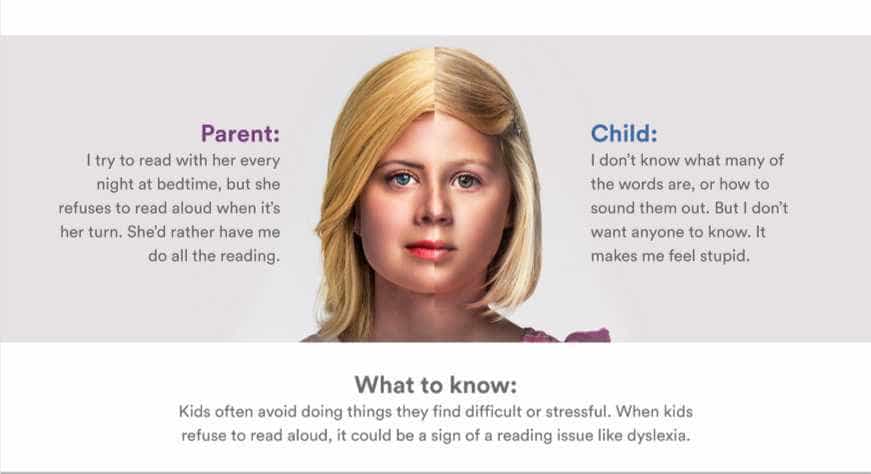
Keep things in perspective. A learning disability isn’t insurmountable. It’s hard to see your child struggle and not know why. Without understanding the reasons for his behavior, you may even come to some wrong conclusions. Remind yourself that everyone faces obstacles. It’s up to you as a parent to teach your child how to deal with those obstacles without becoming discouraged or overwhelmed.
Become your own expert and understand what your child is experiencing. You may know about your child’s specific learning and attention issues. But what do they experience on a daily basis? You’re the foremost expert on your child, so take charge when it comes to finding the tools he or she needs in order to learn.
Be an advocate for your child and understand what you can do. Whether you’re new to this journey or have been on it for a while, you want to help your child make progress and find success. You may have to speak up time and time again to get special help for your child.
Whether you have worked with your child on dealing with this struggle for years or this is something new for you, Understood has resources for everyone to learn how to help these kiddos with whatever challenges they face. The You & Your Family section helps families with practical solutions and advice for social, emotional, and behavioral challenges.
If you think your child might have a challenge with learning, please do not wait. Every second counts.
